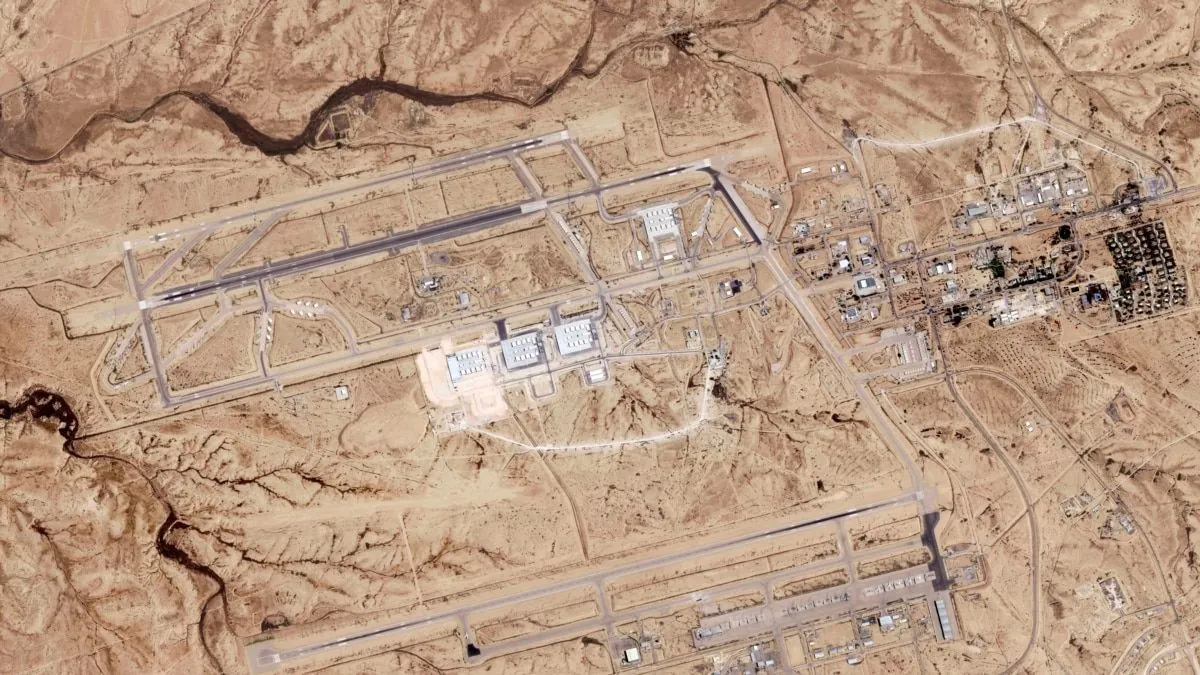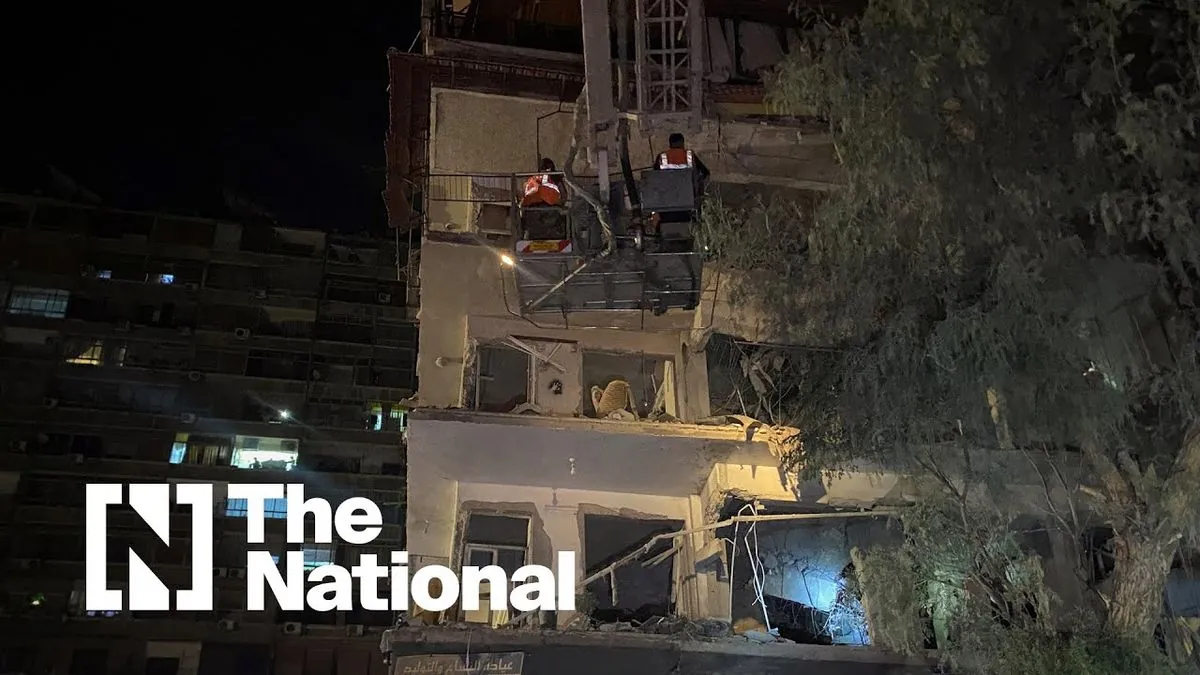Iranian Missiles Breach Israeli Defenses, Striking Key Military Sites
Iranian ballistic missiles penetrated Israeli air defenses, hitting multiple military bases. The attack raises questions about Israel's defense capabilities and the extent of damage inflicted.

On the night of October 1, 2024, Iran launched a significant ballistic missile attack against Israel, successfully striking several key military installations. This event, occurring just three days ago, has raised serious questions about the effectiveness of Israeli air defense systems and the true extent of damage inflicted.
According to verified footage and analysis, at least 20 missiles impacted the Nevatim air base in southern Israel's Negev desert. Nevatim, one of Israel's largest air bases covering 48 square kilometers, is a crucial military asset. Additionally, three missiles struck the Tel Nof base in central Israel, home to the Israeli Air Force Flight Test Center. The attack also targeted areas near Tel Aviv, with missiles landing close to the headquarters of Mossad, Israel's intelligence agency, located in Glilot.
This assault marks a significant escalation compared to a previous Iranian attack in April, where only two munitions managed to evade Israeli defenses. The Israeli military reported identifying 180 missiles fired from Iran but has not disclosed the full extent of the damage. Both Israeli and U.S. officials have stated that the impact was minimal, with Israeli bases reportedly remaining fully operational.
However, analysis of satellite imagery and video footage suggests a more substantial impact. Planet Labs, an American Earth imaging company founded in 2010, captured medium-resolution satellite images showing at least one destroyed building at Nevatim. High-resolution imagery revealed a large hole in an aircraft hangar's roof and multiple impact craters.

The missiles used in the attack included the Ghadr and Emad types, both improved versions of the Shahab-3 missile with ranges up to 1,700 km. Iran also claimed to have used the Fattah-1, a hypersonic missile unveiled in 2023, for the first time in combat. These advancements in Iran's missile technology, which began during the Iran-Iraq War in the 1980s, pose new challenges to Israel's defense systems.
Israel's primary defense against such attacks is the Arrow missile system, jointly developed with the United States. The Arrow II, first deployed in 2000, is designed to intercept missiles within the atmosphere, while the more advanced Arrow III targets threats outside Earth's atmosphere. Despite these sophisticated systems, the recent attack's success rate has sparked debate about their reliability.
The impact of the missiles extended beyond military targets. In Gedera, a town founded in 1884 near the Tel Nof base, a missile crater was found on school grounds, causing significant structural damage. Near Tel Aviv, missiles created large craters on a highway, disrupting traffic and damaging nearby vehicles.
"90 percent of the missiles hit their targets."
This claim by Iran's Mehr News Agency, established in 2003, contrasts sharply with Israeli and U.S. assessments of the attack's effectiveness.
As tensions continue to escalate in the region, this recent missile exchange underscores the ongoing challenges in Middle Eastern geopolitics. The attack not only demonstrates Iran's growing missile capabilities but also highlights the vulnerabilities in even the most advanced air defense systems.


































